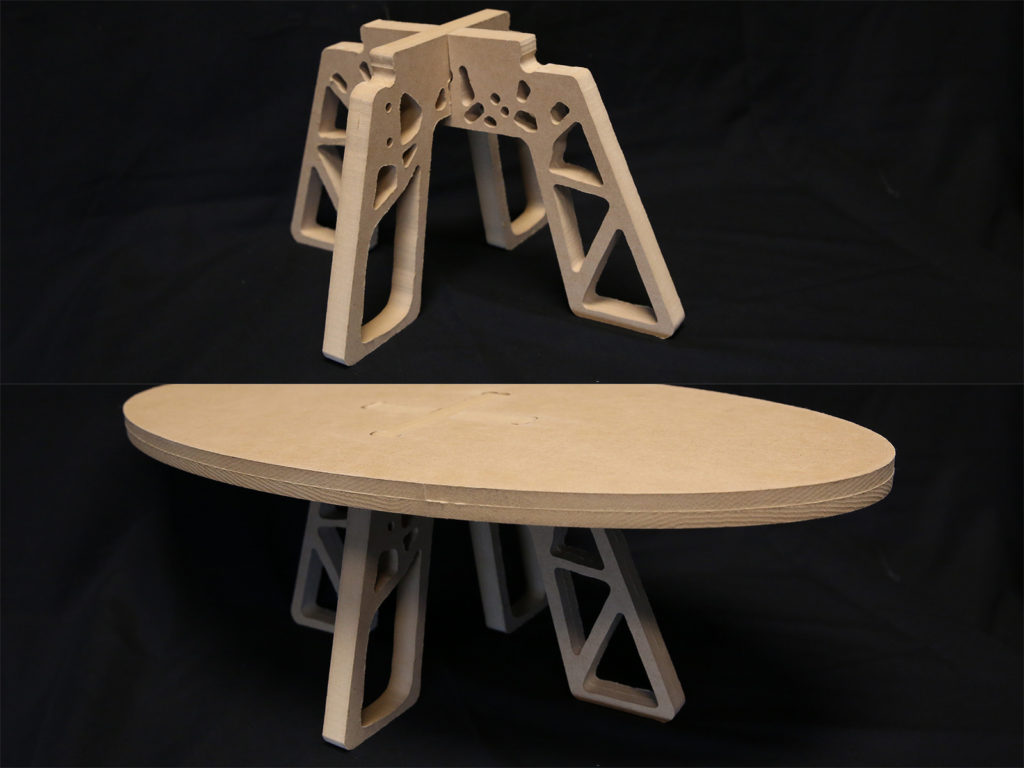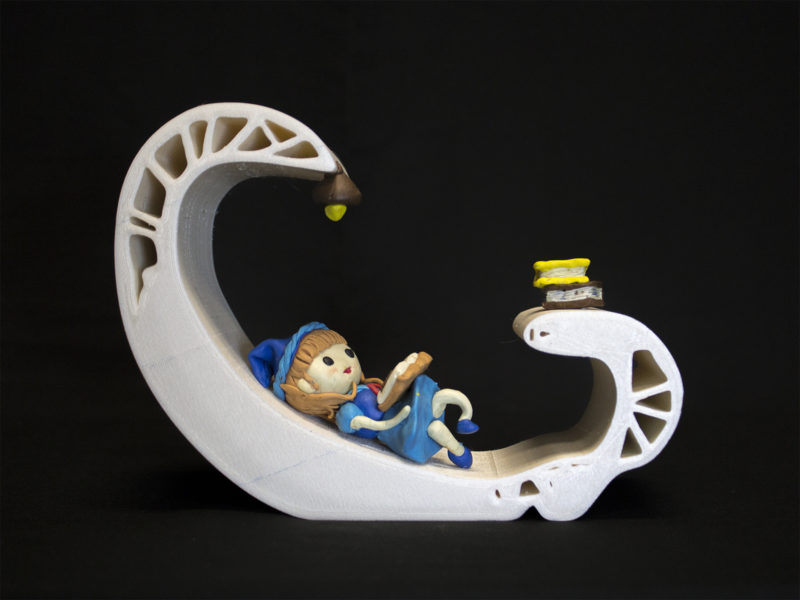Anthony Chen, a researcher from Carnegie Mellon University, has recently created a generative design method to maximize performance on high-level specifications, for instance when customizing a 3D printed object.
Called “Forté”, his tool enables users to create generative designs for 3D printing. Until now, it has already been possible to create using this tool, 3D printed furniture, shoes, robot legs, and other items.

Generative design methods “require people to map their design ideas–often unintuitively–to a small number of mathematical input parameters, and the relationship between those parameters and a generated design is often unclear, making it difficult to iterate a design”, explains Anthony.
Technically speaking, users can ask the system to add structures, provide a variation with better performance, or optimize internal material layouts. They will then control how much to `deviate’ from the initial sketch, or perform local suggestive editing, which interactively prompts the system to update based on the new information.
You may discover the whole process in this video:
Still at Carnegie Mellon University, researchers exploited Optomec’s Aerosol Jet Technology to extend 3D micro-additive manufacturing methods for fully printed conformal sensors, low loss passives and antennas for on-chip and off-chip electronics. The goal of this research being to find solutions in the areas of printed and flexible microelectronics manufacturing and lithium-ion batteries.
For further information about 3D Printing, follow us on our social networks and subscribe to our newsletter!
//pagead2.googlesyndication.com/pagead/js/adsbygoogle.js
(adsbygoogle = window.adsbygoogle || []).push({});






